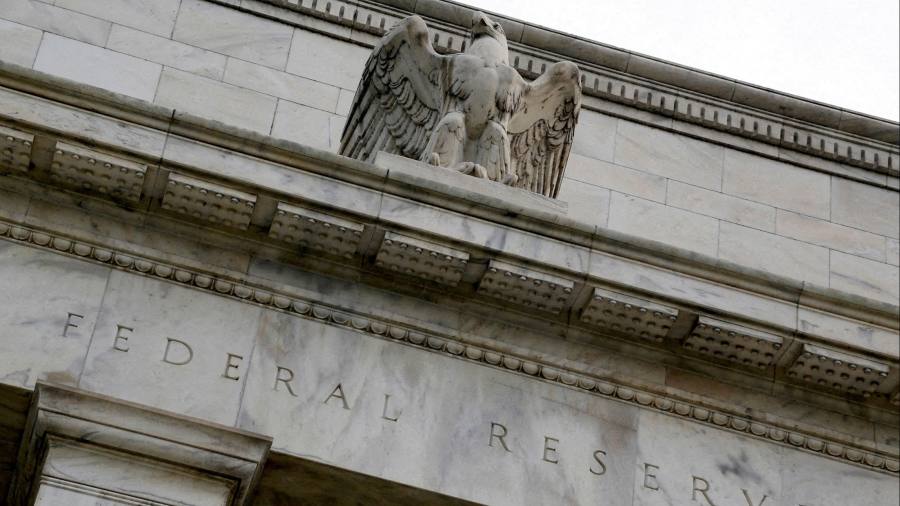Investors and Fed officials are at odds over the trajectory of US interest rates this year, widening the gap between policymakers’ forecasts and market expectations.
Markets are suggesting that the central bank will roll back and reverse its months-long interest rate hike campaign, the most aggressive since the 1980s. Senior Fed officials insist she will hold on.
The divergence reflects assumptions about future inflation, which has cooled in recent months but remains high by historical standards. “There’s a very clear disconnect, and it’s a disconnect in terms of inflation,” said Priya Misra, head of rates strategy at TD Securities.
Most Fed officials have advocated raising the benchmark interest rate above 5 percent and maintaining that level at least until the end of the year to sufficiently cool the economy and bring inflation under control.
Futures markets are suggesting the Fed will pause in the short term, capping its benchmark interest rate at 4.75% to 5% before delivering rate cuts worth a half a percentage point from the highs through December. By the end of 2024, according to market prices, the fed funds rate will fall as low as 2.8 percent, about a full percentage point below what Fed officials forecast in December.
Bets on lower interest rates have increased as investors lowered their inflation expectations. On Friday, the one-year US inflation swap, a derivative contract that reflects inflation expectations for one year, was at 1.77 percent, the lowest in more than two years, according to Refinitiv.
Another market measure, known as the one-year breakeven inflation rate, currently stands at 2 percent.
Ajay Rajadhyaksha, Global Chair of Research at Barclays, said: “The market really believes that inflation will come down faster than the Fed expects. The Fed believes it is very difficult to bring inflation down without the job market weakening, but the market is unconvinced.”
Fed officials have tried to quell speculation that they will soon change course, although some advocate slowing the rate of increase to a quarter point at their next meeting, which ends on February 1st.
Over the past week, senior policymakers – including Fed Vice Chairman Lael Brainard and New York Fed John Williams – reiterated that the central bank would “stay the course” if interest rates continued to rise.
The Fed’s preferred measure of inflation — the price index for personal consumption spending — is 4.5 percent, down from a peak of 5.4 percent last year but more than double the central bank’s 2 percent target .
Central bankers are primarily concerned about service sector inflation, which they believe will take longer to unwind than price pressures related to the war-in-Ukraine commodity shock and the Covid-19 pandemic-related supply chain lockdowns.
“We don’t want to be fooled,” said Fed Governor Christopher Waller on Friday. He later said: “Inflation will not miraculously melt away. It will be a slower and more difficult task to bring inflation down and so we need to keep rates high longer and not start cutting rates before the end of the year.”
Market expectations do not imply consensus on Wall Street. “I don’t think there will be a rate cut in 2023,” said Ron O’Hanley, chief executive officer of US custodian Bank State Street. “There will be a moderate pace of rate hikes.”
However, many investors have taken note of recent data showing a slowdown in economic activity and other signs that US consumer spending is beginning to suffer a setback.
“The market is touting rate cuts as it firmly believes the data is going to be weak,” said Kavi Gupta, co-head of rates trading at Bank of America.
The latest US jobs data, which showed a slowdown in wage growth, has also boosted the market’s belief that inflation will fall significantly.
The jobs and wages data are “the last thing you need to see to be confident the fall in inflation is sustainable,” said Eric Winograd, economist at AllianceBernstein.
Still, Winograd said, “much hope is anchored in market expectations of a rapid fall in inflation.”
Additional coverage from Brooke Masters in New York

